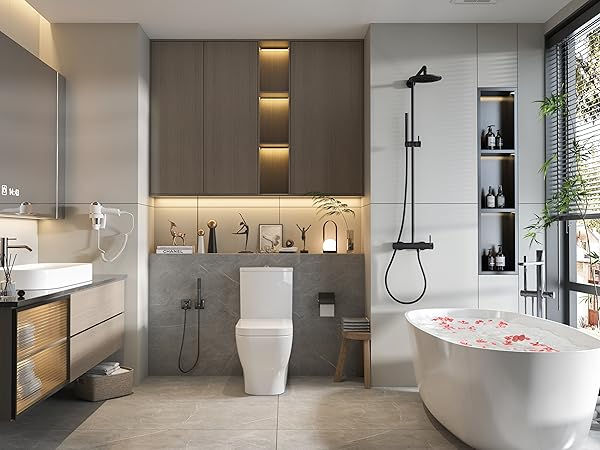A Guide to Choosing the Right PP Danline Rope
- greplinternational
- Mar 13
- 4 min read
Introduction
Polypropylene (PP) Danline ropes are widely used across various industries due to their durability, high strength, and cost-effectiveness. These ropes are crafted from high-quality polypropylene fibers, making them resistant to chemicals, UV radiation, and water. However, choosing the right PP Danline rope requires an understanding of key factors such as strength, flexibility, and application-specific requirements. This guide provides insights into selecting the most suitable rope based on your needs.
Understanding PP Danline Rope
PP Danline rope is a synthetic rope made from polypropylene monofilament fibers. It is lightweight, resistant to moisture, and offers excellent shock absorption, making it ideal for marine, fishing, construction, and industrial applications. Compared to other ropes, PP Danline ropes have a high strength-to-weight ratio, ensuring optimal performance in demanding environments.
Key Factors to Consider When Choosing PP Danline Rope
1. Strength and Load-Bearing Capacity
The strength of a PP Danline rope is a critical factor, especially if it will be used for heavy-duty applications. These ropes come in different tensile strengths, which determine their load-bearing capacity. When selecting a rope, ensure that its breaking strength meets or exceeds the required load capacity for your specific application.
2. Diameter and Thickness
PP Danline ropes are available in various diameters, typically ranging from 4mm to 32mm. The thickness of the rope impacts its strength and flexibility. Thicker ropes offer higher tensile strength and durability, making them suitable for heavy industrial and marine applications. On the other hand, thinner ropes are more flexible and easier to handle, ideal for lighter tasks.
3. Twist Type
PP Danline ropes are manufactured using different twisting methods, including three-strand and four-strand twists. The twist type affects the rope's flexibility and resistance to abrasion. Three-strand ropes are commonly used for general applications, while four-strand ropes offer improved strength and balance, making them suitable for demanding environments.
4. Abrasion and UV Resistance
One of the key advantages of PP Danline ropes is their resistance to abrasion and UV exposure. If the rope will be used in outdoor settings or harsh environments, opt for a high-quality rope with UV stabilizers and superior abrasion resistance to prolong its lifespan.
5. Water and Chemical Resistance
PP Danline ropes are hydrophobic, meaning they do not absorb water. This property makes them ideal for marine and fishing applications where exposure to water is constant. Additionally, these ropes are resistant to most chemicals, including acids and alkalis, ensuring their longevity in industrial settings.
6. Flexibility and Handling
The flexibility of a rope determines its ease of handling and knotting capability. If the rope needs to be frequently tied and untied, opt for a softer variant that maintains flexibility without compromising strength. Ropes with a stiff construction are better suited for applications where rigidity is required.
7. Color and Visibility
PP Danline ropes are available in various colors, including yellow, blue, green, and orange. The color choice depends on the intended application. High-visibility colors such as yellow and orange are preferred in marine and safety applications, while blue and green ropes are commonly used in industrial and agricultural settings.
Applications of PP Danline Rope
1. Marine and Fishing
PP Danline ropes are extensively used in the marine and fishing industries due to their water resistance, durability, and buoyancy. These ropes are employed in trawling, netting, and mooring applications, where strength and reliability are essential.
2. Construction and Industrial Use
In the construction industry, PP Danline ropes are utilized for lifting, securing, and material handling. Their lightweight nature combined with high strength makes them a preferred choice for scaffolding, rigging, and load-bearing tasks.
3. Agriculture and Horticulture
Farmers and horticulturists use PP Danline ropes for binding, fencing, and general-purpose tying applications. Their resistance to chemicals and UV exposure ensures longevity in outdoor conditions.
4. Transport and Logistics
PP Danline ropes are also used in the transport sector for cargo securing and packaging. Their ability to withstand tension without breaking makes them ideal for load stabilization.
Comparing PP Danline Rope with Other Synthetic Ropes
PP Danline Rope vs. Nylon Rope
Nylon ropes offer superior elasticity and shock absorption, making them suitable for dynamic loads. However, PP Danline ropes are preferred in marine applications due to their buoyancy and resistance to water absorption.
PP Danline Rope vs. Polyester Rope
Polyester ropes have higher abrasion resistance and lower stretch than PP Danline ropes, making them ideal for high-tension applications. However, PP Danline ropes provide better cost-effectiveness and chemical resistance.
PP Danline Rope vs. HDPE Monofilament Rope
HDPE monofilament ropes offer excellent tensile strength and longevity. However, PP Danline ropes are more flexible and easier to handle, making them suitable for diverse applications requiring frequent adjustments.
Choosing the Right Supplier
When purchasing PP Danline ropes, it is essential to source them from a reputable ropes manufacturer & exporter. A reliable supplier ensures high-quality materials, consistent manufacturing standards, and competitive pricing. Look for manufacturers who adhere to international quality certifications and offer customization options based on your requirements.
Maintenance and Storage Tips
To extend the lifespan of your PP Danline rope, follow these maintenance tips:
Store Properly: Keep the rope in a dry, cool place away from direct sunlight to prevent UV degradation.
Avoid Chemical Exposure: While PP Danline ropes are resistant to many chemicals, prolonged exposure to harsh substances can weaken the fibers.
Inspect Regularly: Check for signs of wear, fraying, or damage, especially if used in heavy-duty applications.
Clean as Needed: Remove dirt and debris by washing the rope with mild detergent and water to maintain its integrity.
Conclusion
Choosing the right PP Danline rope involves evaluating factors such as strength, flexibility, resistance properties, and intended application. Whether for marine, industrial, or agricultural use, selecting a high-quality rope from a trusted ropes manufacturer & exporter ensures durability and optimal performance. By understanding these considerations, you can make an informed decision that meets your specific needs while maximizing cost-effectiveness and safety.



Comments